We're sorry, but something went wrong
Please try reloading the page
We're sorry, but your browser is unable to play this video content.
If this continues please try upgrading your browser or contact us for assistance.
We're sorry, but this video is currently unavailable on mobile.
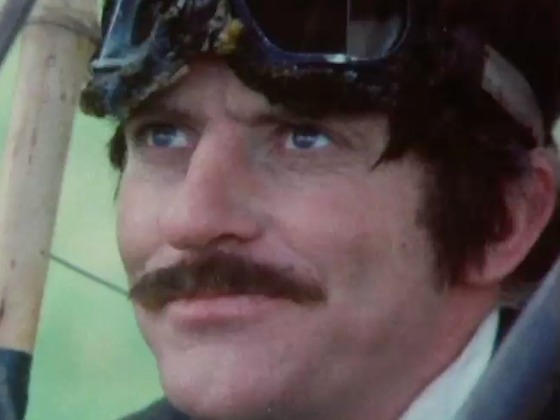
Part one of three from this full length programme.
Part two of three from this full length programme.
Part three of three from this full length programme.
Part one of three from this full length programme.
Part one of three from this full length programme.
Part two of three from this full length programme.
Part two of three from this full length programme.
Part three of three from this full length programme.
Part three of three from this full length programme.
Richard Pearse
Television (Full Length) – 1975
If you liked this, you might also like...
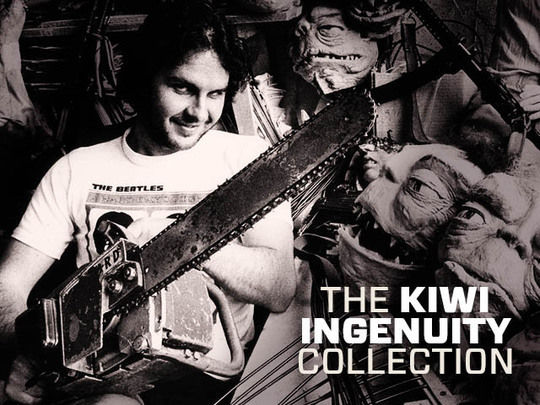
Kiwi Ingenuity
Embodied in heroes from Pearse to PJ, Kiwi ingenuity is a...
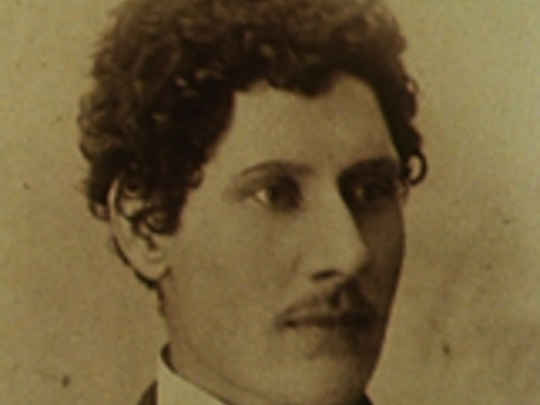
Off the Ground - 1, The First to Fly
Richard Pearse features in this aviation history series
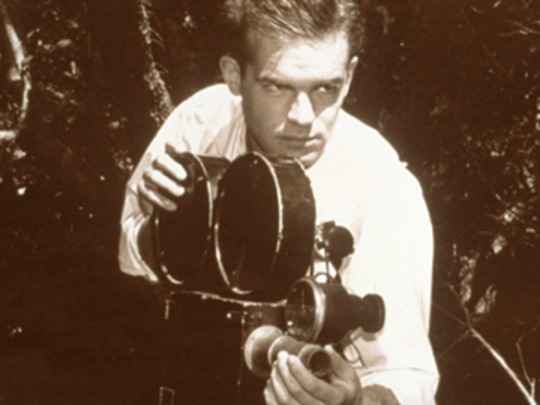
Forgotten Silver
Peter Jackson & Costa Botes capture Pearse's famous...
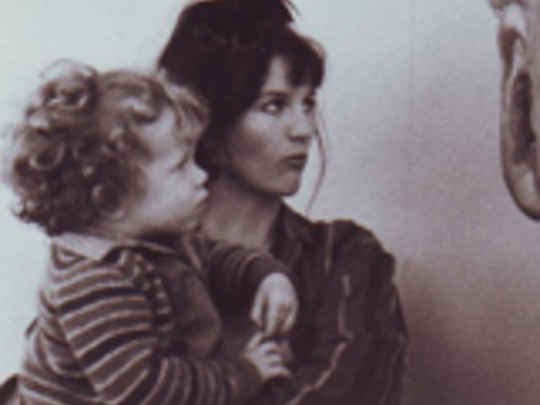
About Face - A Fitting Tribute
Another dreamer with a lust for lift off
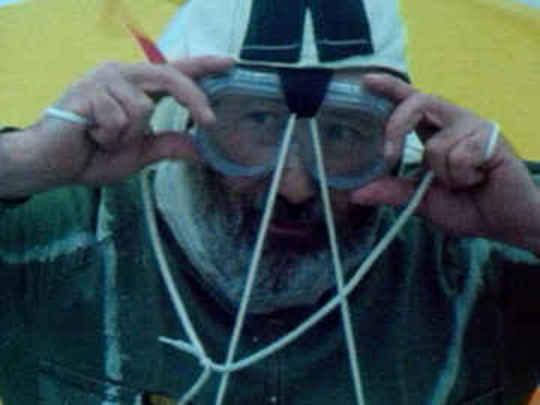
Flight of Fancy
Artist Michael Smither attempts to fly
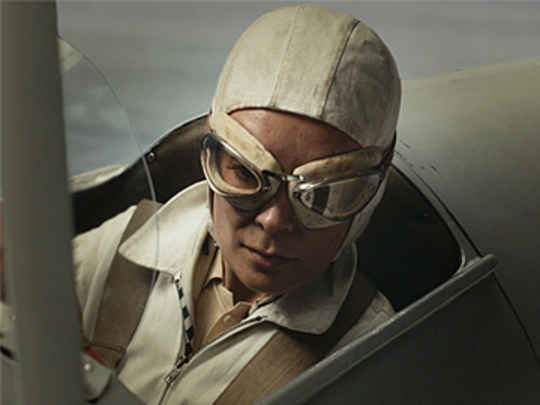
Jean
Drama about pilot Jean Batten
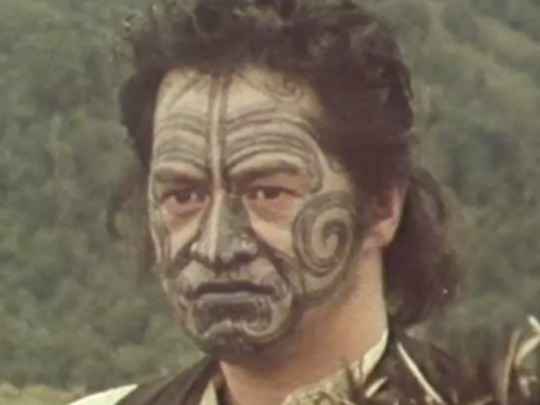
The Governor 5 - The Lame Seagull (Episode Five)
Martyn Sanderson also acted in this
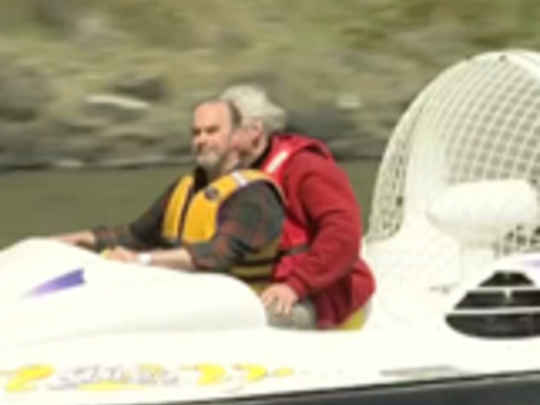
Inventions from the Shed
More Kiwi ingenuity
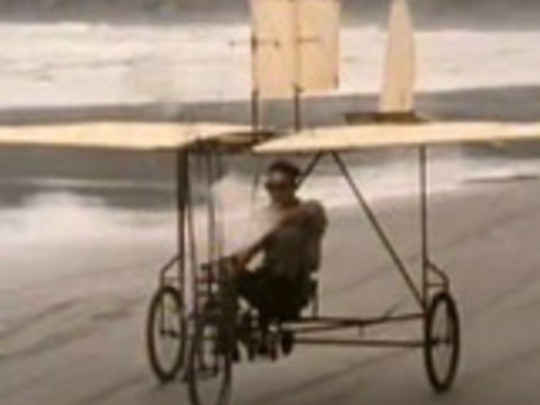
The New Adventures of Black Beauty - The Birdman
A fictional attempt at powered flight
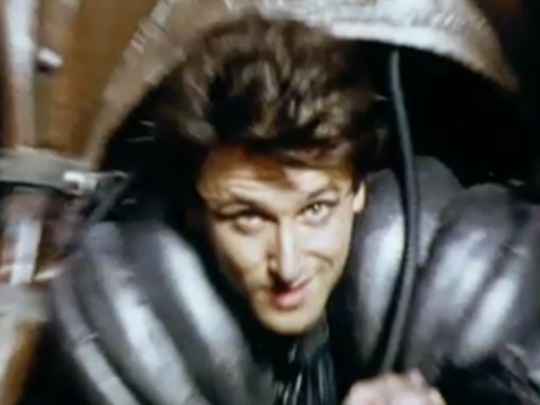
Jack Brown Genius
Tim Balme plays an inventor who yearns to fly
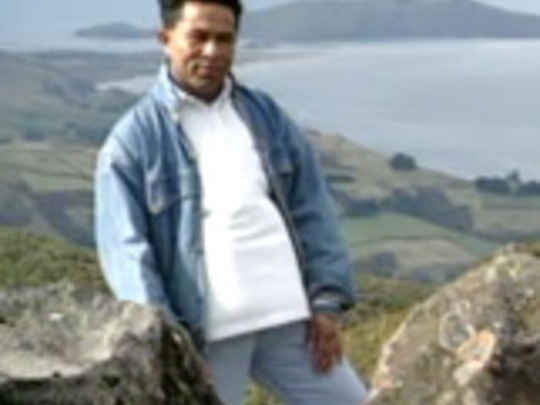
Wildtrack - Otago Harbour
Features nature's great flyers: royal albatross
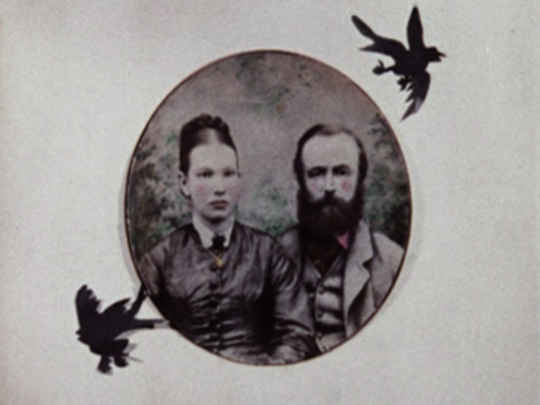
The Magpies
Actor Martyn Sanderson reads The Magpies

The Double Sunrise
Features a TEAL flying boat
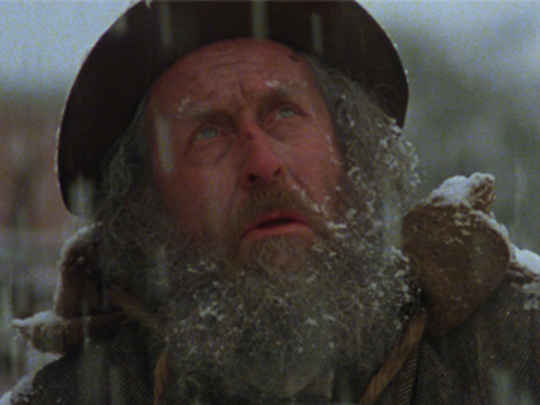
Jack Winter's Dream
More of actor Martyn Sanderson
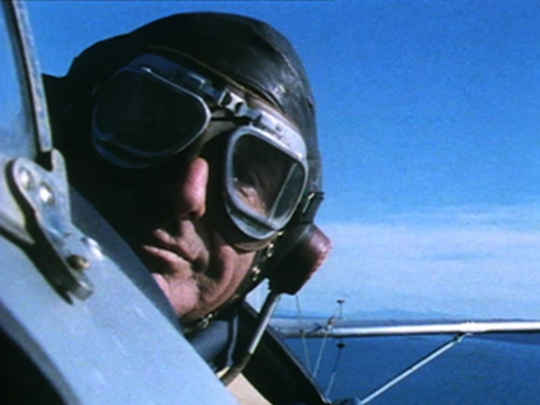
Reaching for the Skies - An End to Isolation
More on New Zealand aviation
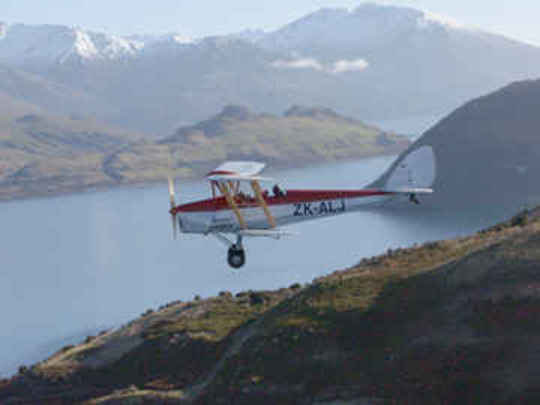
Making New Zealand - Aviation
A documentary on Kiwi aviation history
Which size would you like?
Copy this code and paste it into your website.
<!-- Start NZ On Screen - Richard Pearse - Badge -->
<a href="https://www.nzonscreen.com/title/richard-pearse-1975" > <img src="https://www.nzonscreen.com/content/badges/richard-pearse-1975.horizontal-badge.jpg" width="330" height="90" alt="Richard Pearse" /></a>
Which clip would you like to embed?
Start clip at:
eg. 1m7s
At end of clip:
Would you like the clip to be a fixed size or responsive?
Copy this code and paste it into your website.
<!-- Start NZ On Screen -
Richard Pearse
- Clip: Richard Pearse (clip 1)
Size:
585
by
410
-->
<iframe width="585"
height="410"
style="width: 585px"
src="https://www.nzonscreen.com/embed/818bce1693f0f809" frameborder="0" allowfullscreen ></iframe>
<!-- End NZ On Screen -
Richard Pearse
- Clip: Richard Pearse (clip 1)
-->
<!-- Start NZ On Screen -
Richard Pearse
- Clip: Richard Pearse (clip 2)
Size:
585
by
410
-->
<iframe width="585"
height="410"
style="width: 585px"
src="https://www.nzonscreen.com/embed/390257f6a55a5cf0" frameborder="0" allowfullscreen ></iframe>
<!-- End NZ On Screen -
Richard Pearse
- Clip: Richard Pearse (clip 2)
-->
<!-- Start NZ On Screen -
Richard Pearse
- Clip: Richard Pearse (clip 3)
Size:
585
by
410
-->
<iframe width="585"
height="410"
style="width: 585px"
src="https://www.nzonscreen.com/embed/032c5bffd185abb1" frameborder="0" allowfullscreen ></iframe>
<!-- End NZ On Screen -
Richard Pearse
- Clip: Richard Pearse (clip 3)
-->
Also, there were other at the same time who were getting air under their wings, but who did not have the same publicity agents and therefore lack acknowledgement.
Famed aircraft authority Jane's All the World's Aircraft says there's convincing evidence that Gustav Whitehead, not the Wright brothers, was the first to achieve powered controlled flight, but critics may be unmoved. In the foreword of the 100th edition of Jane's All the World's Aircraft, Jane's editor Paul Jackson cites the work of Australian aviation historian John Brown. Brown's evidence includes a 1901 article describing Whitehead's sustained flight in a controlled powered aircraft flown from a field in Connecticut, ahead of the Wrights' 1903 flight. Unfortunately, although one picture of a Whitehead flight was reportedly taken, observers who require any direct visual evidence will be disappointed. And Whitehead is not without his detractors.
While other pioneers may have preceded the Wright brothers in briefly achieving controlled flight in a powered airplane, a lack of clear convincing evidence and successive development of an airframe have likely stunted their notoriety. And that may be the case for Whitehead.
The first written account cited by Brown that is descriptive of Whitehead's pre-Wright flights was published by the Bridgeport Herald in August of 1901. That story states that an unnamed representative of the Herald witnessed the flight. According to Brown, the Herald published the story on page five of a subsequent issue and did not include a photograph. Jackson writes that existence of a photograph is supported by written accounts that describe it as blurry and identify it as part of an exhibition that showcased aviation in 1904 and 1906. Whereabouts of the original photograph, or any copies, are unknown. Jackson adds that Brown's work found multiple "affidavits and statements" that exist "on tape and film or video" of individuals who "bear witness to the many powered flights made by Whitehead between August 1901 and January 1902." There are no taped, filmed or video records available to provide visual confirmation of Whitehead's flights. The Wrighs may retain the record "First" In Flight in spite of the fact that they may not have been the "first". They just had good publicity.
The Wrights not only designed and built their 'flyer', but consulted widely with other researchers and applied the fruits of that research to their own machine. They built a wind tunnel, established not only the best form of aerofoil, by repeated tests but realised that an efficient propeller must itself be based upon an aerofoil. Their successful 1903 flight at Kittyhawk followed years of thought and experiment, they left nothing to chance. The Wright's claim to the first powered flight srands.